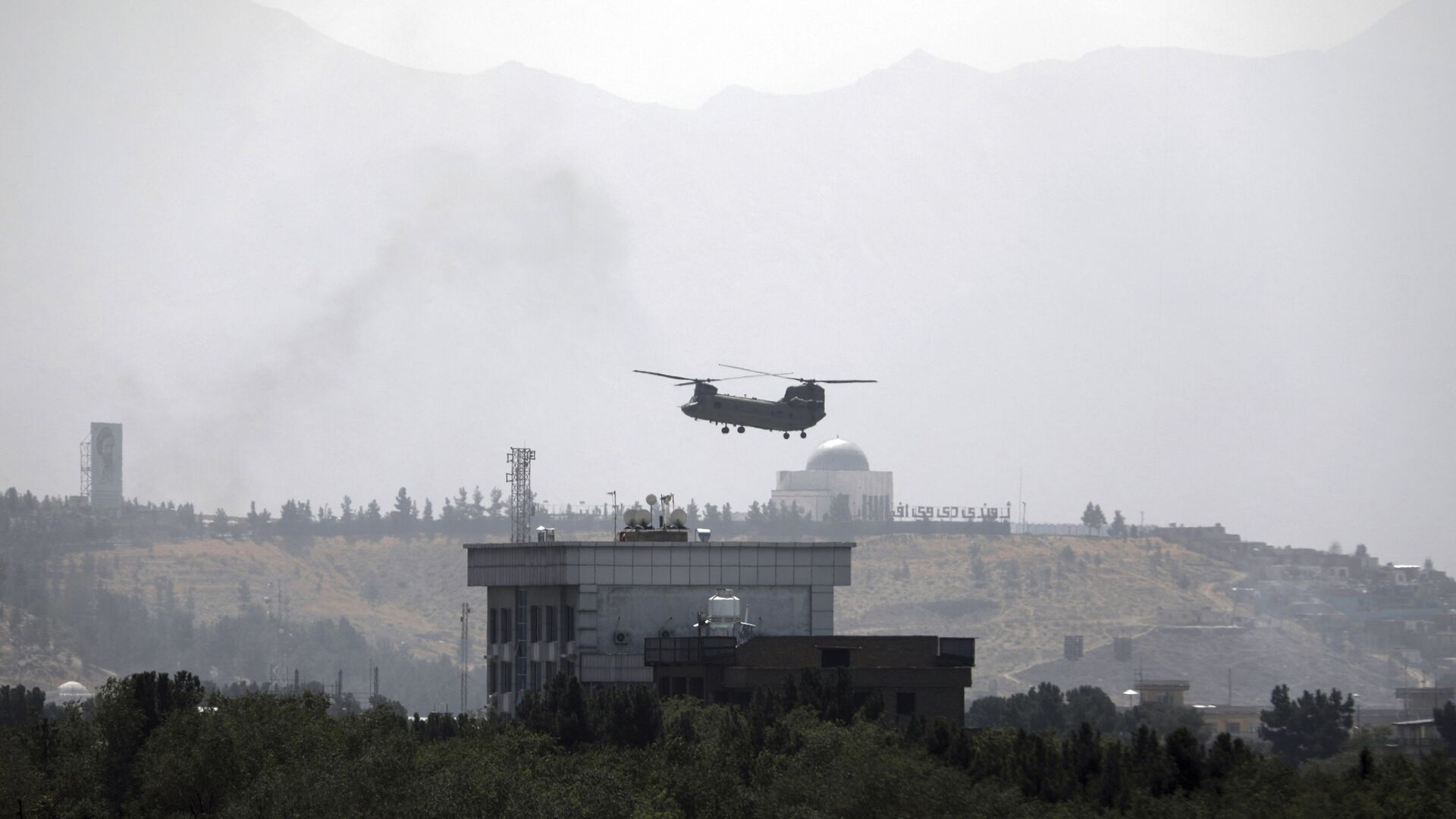https://sputnikglobe.com/20230124/un-humanitarian-agency-afghanistan-faces-real-risk-of-systemic-collapse-1106631662.html
UN Humanitarian Agency: Afghanistan Faces Real Risk of ‘Systemic Collapse’
UN Humanitarian Agency: Afghanistan Faces Real Risk of ‘Systemic Collapse’
Sputnik International
Afghanistan is on the verge of systemic implosion with two-thirds of the population now in need of assistance, the UN Office for the Coordination of Humanitarian Affairs (OCHA) said in a new report.
2023-01-24T01:46+0000
2023-01-24T01:46+0000
2023-01-24T01:40+0000
world
afghanistan
the united nations (un)
un office for the coordination of humanitarian affairs (ocha)
humanitarian assistance
https://cdn1.img.sputnikglobe.com/img/07e5/08/15/1083674990_0:160:3073:1888_1920x0_80_0_0_414f656c708f2b98dc91660f2a87fe90.jpg
"Afghanistan is facing an unprecedented humanitarian crisis with a very real risk of systemic collapse and human catastrophe... In the absence of development activity, the Afghan people are experiencing a backwards slide evidenced by the surge of humanitarian needs across the country," the report states. The number of people in need of humanitarian aid in 2022 rose by 16% to 28.3 million people, nearly 66% of the population. The population is expected to grow at 2.3% per year, marking one of the steepest rates in the region, the Monday-released report said. After the collapse of the previous regime, donors cut off external aid that had accounted for 75% of public expenditure, including funds for the public health system, the findings detailed. Around 17 million people face acute hunger, including 6 million people at emergency levels - one of the highest figures worldwide, the UN agency said, while warning that things could get worse. This crisis, the UN agency observed, is also a bit different from previous ones in terms of root causes. In addition to "unimaginable" human costs, the crisis is reversing many gains of the last 20 years - including related to women’s rights, according to the report.
afghanistan
Sputnik International
feedback@sputniknews.com
+74956456601
MIA „Rosiya Segodnya“
2023
Sputnik International
feedback@sputniknews.com
+74956456601
MIA „Rosiya Segodnya“
News
en_EN
Sputnik International
feedback@sputniknews.com
+74956456601
MIA „Rosiya Segodnya“
Sputnik International
feedback@sputniknews.com
+74956456601
MIA „Rosiya Segodnya“
un humanitarian, afghanistan, systemic collapse, un office for the coordination of humanitarian affairs
un humanitarian, afghanistan, systemic collapse, un office for the coordination of humanitarian affairs
UN Humanitarian Agency: Afghanistan Faces Real Risk of ‘Systemic Collapse’
UNITED NATIONS (Sputnik) - Afghanistan is on the verge of systemic implosion with two-thirds of the population now in need of assistance, the UN Office for the Coordination of Humanitarian Affairs (OCHA) said in a new report.
"Afghanistan is facing an unprecedented humanitarian crisis with a very real risk of systemic collapse and human catastrophe... In the absence of development activity, the Afghan people are experiencing a backwards slide evidenced by the surge of humanitarian needs across the country," the report states.
The number of people in need of humanitarian aid in 2022 rose by 16% to 28.3 million people, nearly 66% of the population.
The population is expected to grow at 2.3% per year, marking one of the steepest rates in the region, the Monday-released report said.
After the collapse of the previous regime, donors cut off external aid that had accounted for 75% of public expenditure, including funds for the public health system, the findings detailed.
Around 17 million people face acute hunger, including 6 million people at emergency levels - one of the highest figures worldwide, the UN agency said, while warning that things could get worse.
"Deterioration is expected in the first quarter of 2023 due to the simultaneous effects of winter and the lean season, sustained high food prices, reduced income and unemployment and continued economic decline," the report said.
This crisis, the UN agency observed, is also a bit different from previous ones in terms of root causes.
"While in previous years, humanitarian needs have been largely driven by conflict, the key drivers of humanitarian need in 2023 are multidimensional: drought, climate change, protection threats, particularly for women and girls, and the economic crisis," the OCHA said.
In addition to "unimaginable" human costs, the crisis is reversing many gains of the last 20 years - including related to women’s rights, according to the report.




